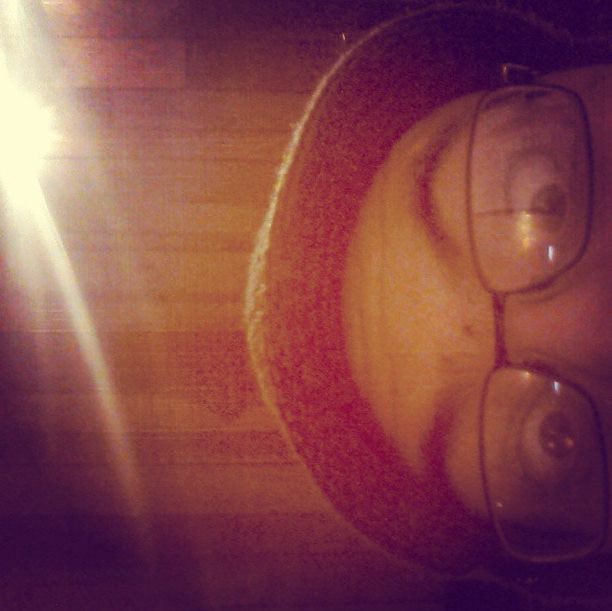I believe there are many such examples, but the particular one I’m thinking of right now is the Cold Spot haunt which states that a character is clumsy 1 if they critically fail. When would they stop being clumsy 1?
Since it doesn’t say specifically and it’s not tied to any other condition I would say the intent is probably to tie it to the space and/or until the PCs have a few minutes to warm up. So once out of range of the haunt I don’t think I’d force them to hold onto the condition. If in a fight it could make a difference, but otherwise it seems to be an inconvenience.
The condition would last until the character leaves the area or disables the haunt.
Since the hazard resets after one hour, I’d rule that the spirits that haunt you return back to the spot after an hour.
According to the rules on conditions, they last until the duration ends, until they are removed, or the terms dictated in the condition to end it are fulfilled.
https://2e.aonprd.com/Rules.aspx?ID=774
The one exception I’m aware of is persistent damage, which generally ends after 1 minute if you are unable to succeed your DC15 flat check.
So would that mean that technically the Cold Spot haunt would impose the Clumsy condition until the players take some specific action to end it? It doesn’t list any duration or a condition to end it as far as I can see.
What are the methods you can take to end a condition?
Restoration will reduce the length of clumsy, stupefied, and enfeebled (and drained at higher ranks). Dispel magic will remove magical effects, and neutralise poison/remove disease/curse, and restore senses as their names imply. That covers most conditions.
Resting will reduce some conditions as well, like drained. You could play it that a rest also reduces things like clumsy/stupefied/enfeebled.
It could also be that this specific haunt is just missing a duration or other text indicating how to remove the condition.
Ultimately it’s up to the GM to adjudicate this if they feel like something is amiss or unfairly punishing.
Fun fact: in 5e if you’re hit by Guiding Bolt you glow forever until an enemy hits you.
A flash of light streaks toward a creature of your choice within range. Make a ranged spell attack against the target. On a hit, the target takes 4d6 radiant damage, and the next attack roll made against this target before the end of your next turn has advantage, thanks to the mystical dim light glittering on the target until then.
Maybe I’m misunderstanding something and the phrasing isn’t perfect but I’d say the combination of saying that the advantage is caused by the light and the advantage lasting to the end of your next turn would mean that the light also lasts until the end of your next turn?
You are correct. The words “until then” refer to “before the end of your next turn.”


